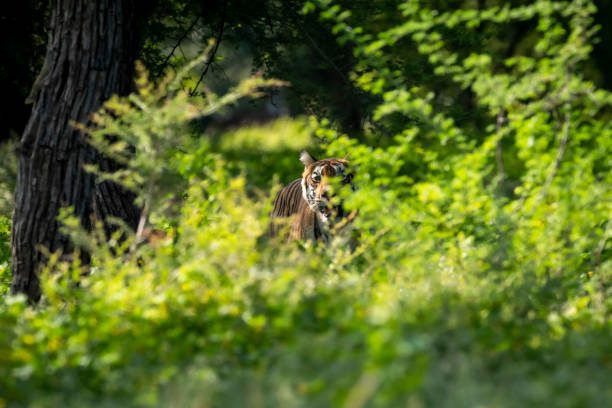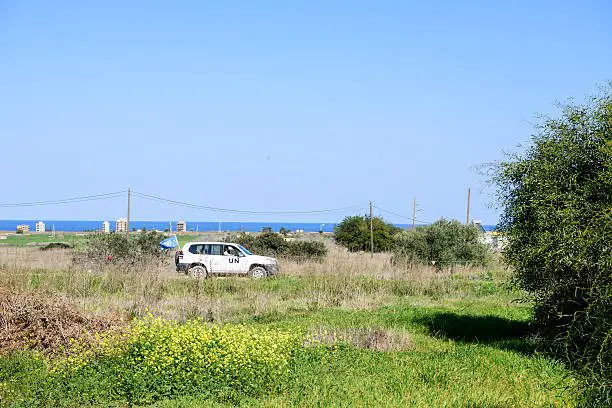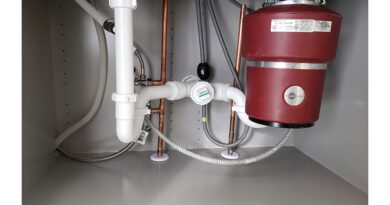Management Functions of Buffer Zones
The buffer zones are intended to serve direct ecological purposes such as the minimization of the effects of landscape fragmentation and core area diminishment and isolation.
Buffer zones aim at controlling human activities within the lands adjacent to a core area by promoting sound management, thus decreasing the potential impacts and diminishing effects of small size.
The presence of indigenous people is implicitly permitted within the buffer zones. This is to encourage minimal economic activities and sense of belonging; otherwise the buffer zones would be a totally protected area.
A buffer zone is an area lying between two or more other protected land area and serving to reduce the possibility of damaging interactions between them.
Buffer zones also promote the sustainable use of wild plant and animal species by local communities and provide mechanisms by which local people can genuinely benefit from the existence of a protected area.
Nature conservationists distinguish two different ways of approaching the buffer zone issue. For the ‘hard-core’ conservationists, the buffer zone serves only to avoid negative human impact on the core area.
The socio- conservationists see the buffer zone as part of the socio-economic development of the entire area comprising conservation and non- conservation sub-areas.
Management Functions of Buffer Zones
The following major management functions for buffer zones can be enumerated: accomplishment of area requirements, correcting the shape of the core area (in order to: minimize the exposed perimeter to outside effects and conserve internal resources more efficiently;
Facilitate interactions with adjacent ecosystems and with more distant portions of the landscape and correct the orientation of the long axis of the core relative to flows- such as wind, water, nutrient, and individuals in the landscape), support the direct site management, management of factors that directly affect the ecological conditions on the site, immediate protection purposes, protecting traditional land-use and deflecting threats, mitigation purposes and as an area set aside for manipulative research.
Read Also : Benefits of Forest and Wildlife Resources
Activities Allowed in Buffer Zones
Activities that are commonly allowed in buffer zones include; hunting or fishing using traditional methods, collection of fallen timber, harvesting of fruits, seasonal grazing of domestic stock, and harvesting of specified Non Timber Forest Products (NTFP) like rattan or grasses.
Activities Not Allowed in Buffer Zones
Activities that are excluded in buffer zones generally include burning of vegetation, cutting of live trees, and construction of buildings and establishment of plantations.
Benefits of Buffer Zones
One of the benefits that local people derived from this type of land use is the provision of a measure of protection from wildlife degradation.

Others are the establishment of physical barriers to human encroachment into the strictly protected core zones.
Buffer zones also promote the sustainable use of wild plant and animal species by local communities and provide mechanisms by which local people can genuinely benefit from the existence of a protected area.
Challenges of Buffer Zone Management
One of the most serious problems in buffer zone management is the assumption that limited benefits that flow to local people can change their behaviours, reduced pressure on the plants and animals by the protected areas and thereby enhance the conservation of biological diversity.
However, only a few buffer zone management programmes have succeeded in establishing stable and compatible land use systems around protected areas in a way that local people are genuinely reconciled to the conservation function of the area.
In conclusion, buffer zones play significant beneficial roles in the lives of the rural people and it can be a menace to the protected area if forest and wildlife policies are not properly enforced and implemented.
Read Also : FaceBook: How to Advertise your Business on FaceBook for Better Results



